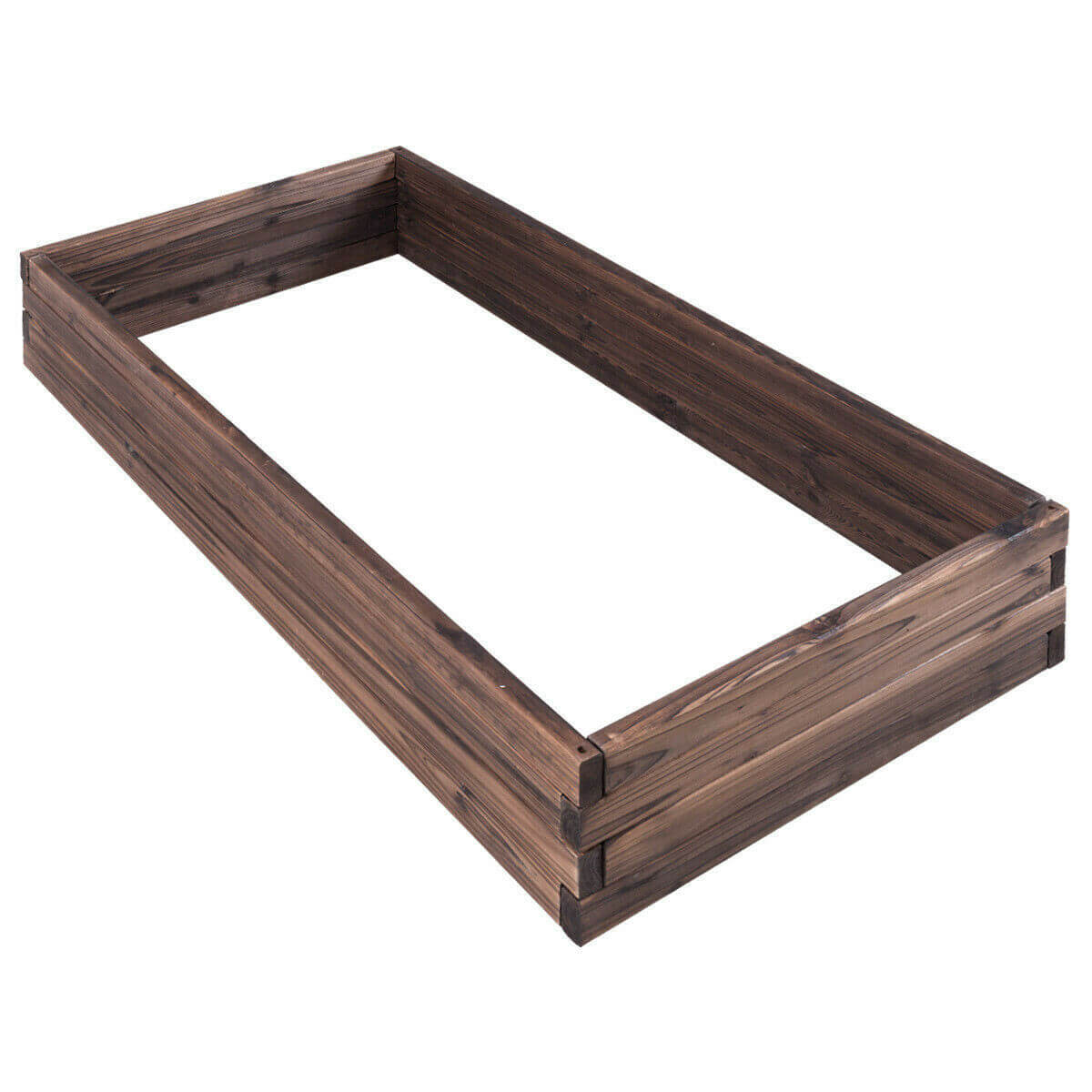HomeAndGarden.ie Blog: Raised Beds
Widely used for a variety of plant types, raised beds are especially well-liked for growing fruits and vegetables. They are an effective way to improve drainage and can be used to add a new type of soil to your garden. If you have limited mobility, raised beds are a good option for gardening because they eliminate the need to bend.
They are easy to assemble when they arrive flat packed and you can get the normal raised beds which are basically wooden boards and you can get the raised beds with shelf which come with a shelf underneath for storing tools, pots etc. which make them really handy.
Short facts
Raised beds are advantageous because they:
- raising the soil’s temperature
- better access
- establishing plants in a different type of soil
You can use raised beds for:
Raising the soil above the surrounding ground level will improve drainage. However, during droughts, this may be detrimental as additional watering may be required.
raising the soil’s temperature Raised bed soil drains better and heats up more quickly in the spring.
Boosting root health Excellent root zone conditions are achieved by filling the beds with high-quality topsoil loaded with fertilizer and organic materials.
Increase management simplicity: Raised beds are simpler to water since they contain a larger amount of soil than containers.
Match the plant to the soil: Ericaceous (lime-hating) plants, for example, can be grown even in alkaline soil by filling raised beds with acidic soil.
facilitating access: Gardeners can more easily maintain raised beds.
Adding bedding
After the sides are installed, till the underlying soil and add organic matter to it.
While raised beds built on freely draining soils naturally drain and allow for deep rooting, those built on poorly draining soils or on a solid base like concrete or paving should be filled with open-textured soil. Sand should be added as needed, and enough holes should be left in the sides of the bed to allow water to drain away. Most plants require around 25 cm of top soil, and it is possible to utilise sharp sand beneath the top soil, which will drain freely yet retain some water to support plants and allow them to root for stability. Raised beds on impermeable surfaces, especially shallow ones, should be treated carefully like pots.
Appropriate for…
In raised beds, virtually any plant can be grown. Try these things:
- strawberries, currants, raspberries, and blackberries are examples of soft fruits.
- Vegetables: Raised beds are a great way to cultivate almost any vegetable.
- perennial herbaceous plants Creating raised beds for a cutting garden of cut flowers is a smart idea.
- Alpines: Ideally suited to alpines that enjoy adequate drainage
- bushes and small trees You might be able to plant some smaller trees and shrubs in your beds, depending on their size.
- Plants that dislike limes are ericaceous: Heathers and rhododendrons, which detest lime, can be cultivated in alkaline soil by covering beds with acidic soil.






Leave A Comment